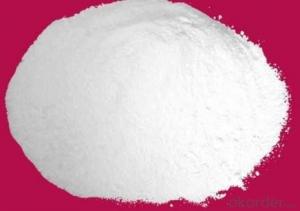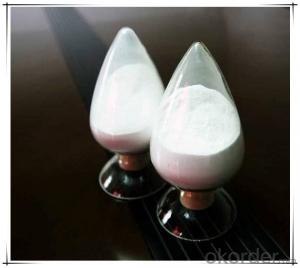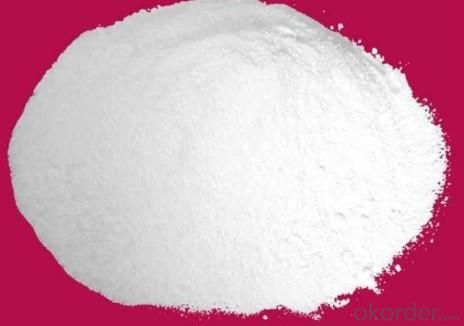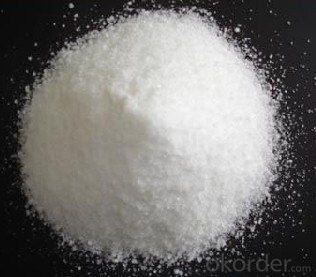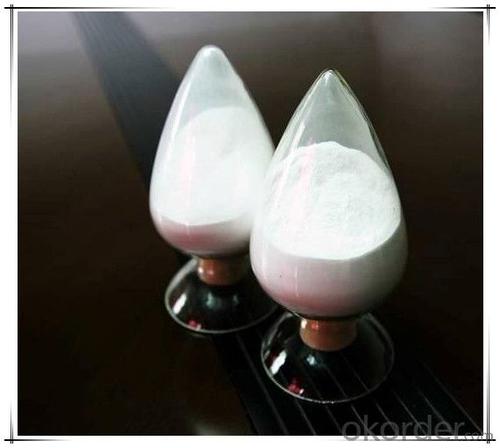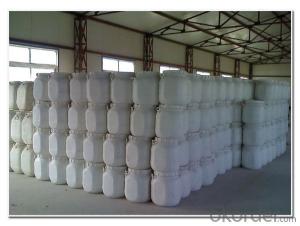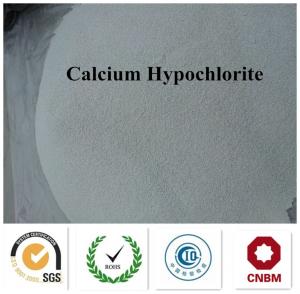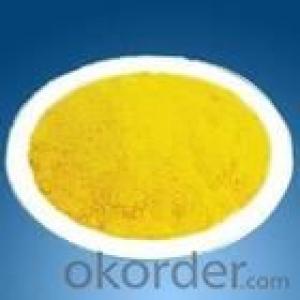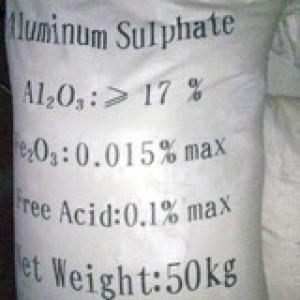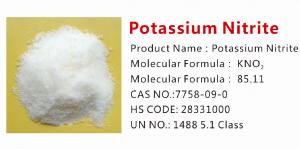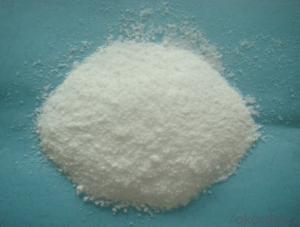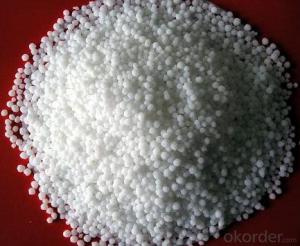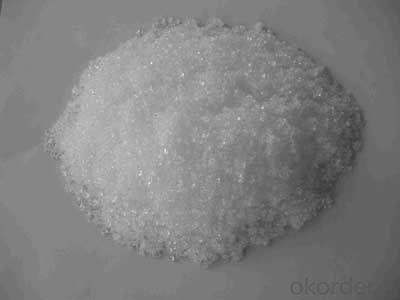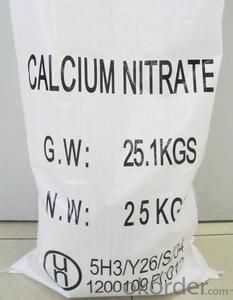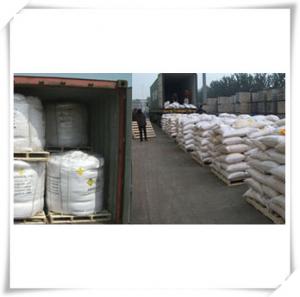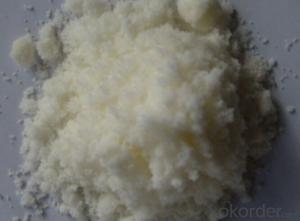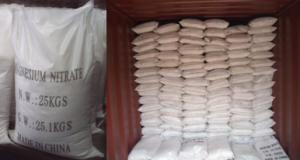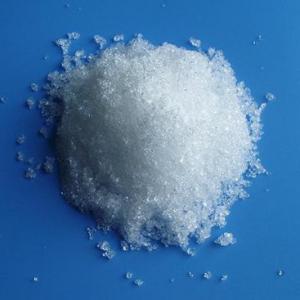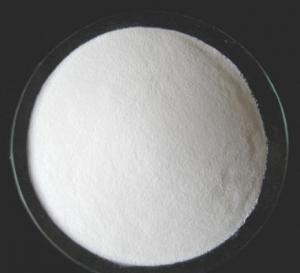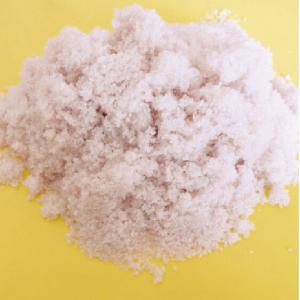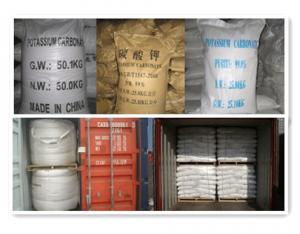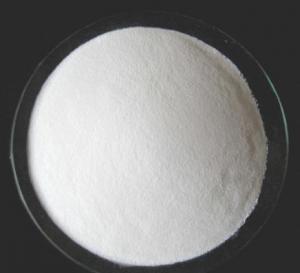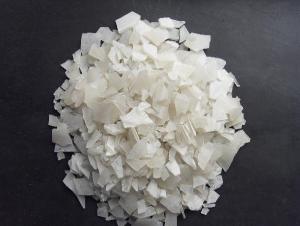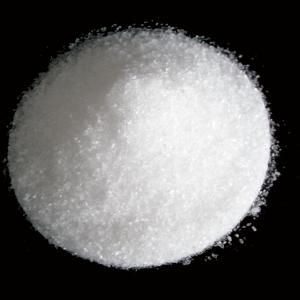Calcium Nitrate Construction Chemical Powder
- Loading Port:
- China main port
- Payment Terms:
- TT OR LC
- Min Order Qty:
- 24000 kg
- Supply Capability:
- 500000 kg/month
OKorder Service Pledge
OKorder Financial Service
You Might Also Like
| Calcium Nitrate Construction Chemical Powder |
Technical standard : Q/140706CSC002-2005 Molecular Formula:Ca(NO3)2.4H2O Colorless transparent crystal,soluble in water, methanol, ethanol, in the air easily flows angle, is the oxidant, the case of organic compounds, sulfur combustion and explosion that occurred.
Calcium nitrate mainly used in refrigerants, rubber coagulant, is also used in pyrotechnics, tubes, available fertilizer.
Package avoid moisture,seal, shall not organic matter, sulfur mixed storage. storage process to prevent rain and sun exposure.
25/50KGwoven bags or packed according to the requirements of customers..
|
| Index | |
Industrial Grade | Agricultural Grade | |
content | ≥99.0% | ≥99.0% |
PH value | 5.0-7.0 | 5.0-7.0 |
Heavy metal | ≤0.0005% | ≤0.001% |
Water insoluble | ≤0.01% | ≤0.02% |
Sulphate | ≤0.02% | ≤0.02% |
Iron | ≤0.002% | ≤0.01% |
Chlorites | ≤0.005% | ≤0.005% |
Calcium oxides content(CaO) | --- | ≥23.0% |
content(N) | --- | ≥11.7% |
FAQ
1.Q: What is MOQ?
A: Our MOQ is 1 TON.
2.Q: Could you offer free sample?
A: We can provide free samples to you for quality testing.
3.Q: What about your packing?
A: For liquid: Flexitank, or IBC tank 1000L
For powder:Woven fabric bag with plastic film liner( 25kg or 1000kg)
Clients’ packing is workable.
4.Q: How about your productive capacity?
A: 150000 tons/Year.
5.Q: What is your delivery time?
A: Within 7 days after received deposit or L/C at sight.
- Q: What is inorganic salt
- The distribution of inorganic salts in the body is extremely uneven. For example, calcium and phosphorus are mostly in hard tissue such as bone and teeth, iron is concentrated in red blood cells, iodine is concentrated in the thyroid, barium is concentrated in adipose tissue, cobalt is concentrated in hematopoietic organs, and zinc is concentrated in muscle tissue.
- Q: bonded to an acid molecule called- such as potassium citrate?Thanks
- all metals like potassium,sodium,iron,magnecium etc are minerals
- Q: Why is the residue after burning known as coarse ash? And inorganic salt content What is the difference
- GB / T5009.4-2003 "Determination of ash in food" (a) the principle of a certain amount of samples after carbonization into the high temperature furnace burning, the organic matter is oxidized decomposition to carbon dioxide, nitrogen oxides and Water and other forms of escape, and inorganic substances to sulfate, phosphate, carbonate, chloride and other inorganic salts and metal oxide in the form of residual
- Q: After running the training is best to drink what drinks add inorganic salt
- C100 ah
- Q: Why inorganic salt waterproof coating does not apply to roof waterproofing
- Inorganic salts are generally in the form of waterproof agent, generally mixed with cement quality of 3-5 percent, Jiangxi Nanchang rhyme waterproof material factory
- Q: What are the disadvantages of inorganic salt deficiency and too much
- high blood magnesium, muscle weakness, limb muscle soft paralysis, affect the respiratory muscle, respiratory failure can occur, respiratory arrest; severe central inhibition, such as lethargy, stupor, coma, etc .; can lead to various arrhythmias ; May produce bloating, constipation, nausea, vomiting, etc .;
- Q: Why are inorganic sodium salts much better soluble in ethanol than potassium salts?
- Sodium ions are smaller cations than potassium ions. Ethanol has a polar bond in the OH, but it also has a nonpolar tail, the ethyl group. So, unlike water, that has two OH groups that are polar and can interact with cations, ethanol has only one, so it requires strong electrostatic attractions to form a hydrogen bond - dipole interaction with any cation that it encounters. Being smaller, the sodium ions have their positive charge concentrated over a much smaller volume, so the polar OH bond in ethanol is more strongly attracted to the concentrated charge of the sodium than to the diffuse charge of the potassium ion, making the salt more soluble in this solvent.
- Q: What is the risk of low inorganic salt?
- Iodine content in the human body is much lower than 1/10000 is a trace element. Function iodine in the human body to participate in the formation of thyroid. In the protein, fat, sugar metabolism promote bio-oxidation and coordination of oxidation of phosphoric acid process, adjust the energy conversion. Promote the metabolism of sugar and fat, regulate the water and salt metabolism in the organization, promote the absorption and utilization of vitamins, activate many important enzymes, promote growth and development. Lack of disease adult iodine deficiency can cause goiter ⑴ fetal and neonatal iodine deficiency can cause minor illnesses. Typical cases endemic goiter and local minor illnesses. Excessive symptoms iodine goiter, iodine thyrotoxicosis. Supply Adult 150ug Pregnant woman 175ug 206 Emulsifier 200ug. Food source 海 seafood seaweed, seaweed, fresh fish, clam dry, clam dry, scallops, mussels hai sea cucumber, jellyfish, lobster, etc.
- Q: What is the use of inorganic salts in plants? How is it discharged
- Not just light plants, for the body, the inorganic salts are essential. Can provide the necessary elements, including a large number of elements C, H, O, N, S, P, K, Ca, Mg. Trace elements Fe, Mn, B, Zn, Cu, Mo, Cl, Ni, etc. For plants, inorganic salts are also essential. The inorganic salts provide C, H, O are the essential elements of the constituents of the carbohydrate, N is the essential element that constitutes the protein, P is the essential element that constitutes ATP and DNA, and so on, including trace elements such as: B, Will cause the plants to flow only without fruit. These elements may be provided in the form of inorganic salts. So inorganic salts are necessary for plants. On the issue of discharge. Plants will use these elements, C, H, O synthetic carbohydrates, in the role of respiration when the decomposition of carbon dioxide and water to the nature of the. Plants also store oil and fat, protein, such as peanut oil and protein content is high. In general, the plant is the inorganic salt into organic matter and stored, through the decomposition of part of the organic matter to breathe in the form of other inorganic substances. Apoptosis is also the way in which the inorganic salts it absorbs are discharged in the form of organic matter. In general, the inorganic salts absorbed by the plant are discharged in the form of other inorganic substances (respiration) or in the form of organic matter (apoptosis). Plants will use these inorganic salts.
- Q: My body fat rate 14.6 normal body fat percentage 31.2 is more than the normal value I do not know the difference between the two please God answer ah Thank you very grateful and then those elements of my lack of God is the situation ah I love meat is not a vegetarian! And I super love to eat eggs! And my super love to drink water!
- The gym can also be measured
Send your message to us
Calcium Nitrate Construction Chemical Powder
- Loading Port:
- China main port
- Payment Terms:
- TT OR LC
- Min Order Qty:
- 24000 kg
- Supply Capability:
- 500000 kg/month
OKorder Service Pledge
OKorder Financial Service
Similar products
Hot products
Hot Searches
Related keywords
